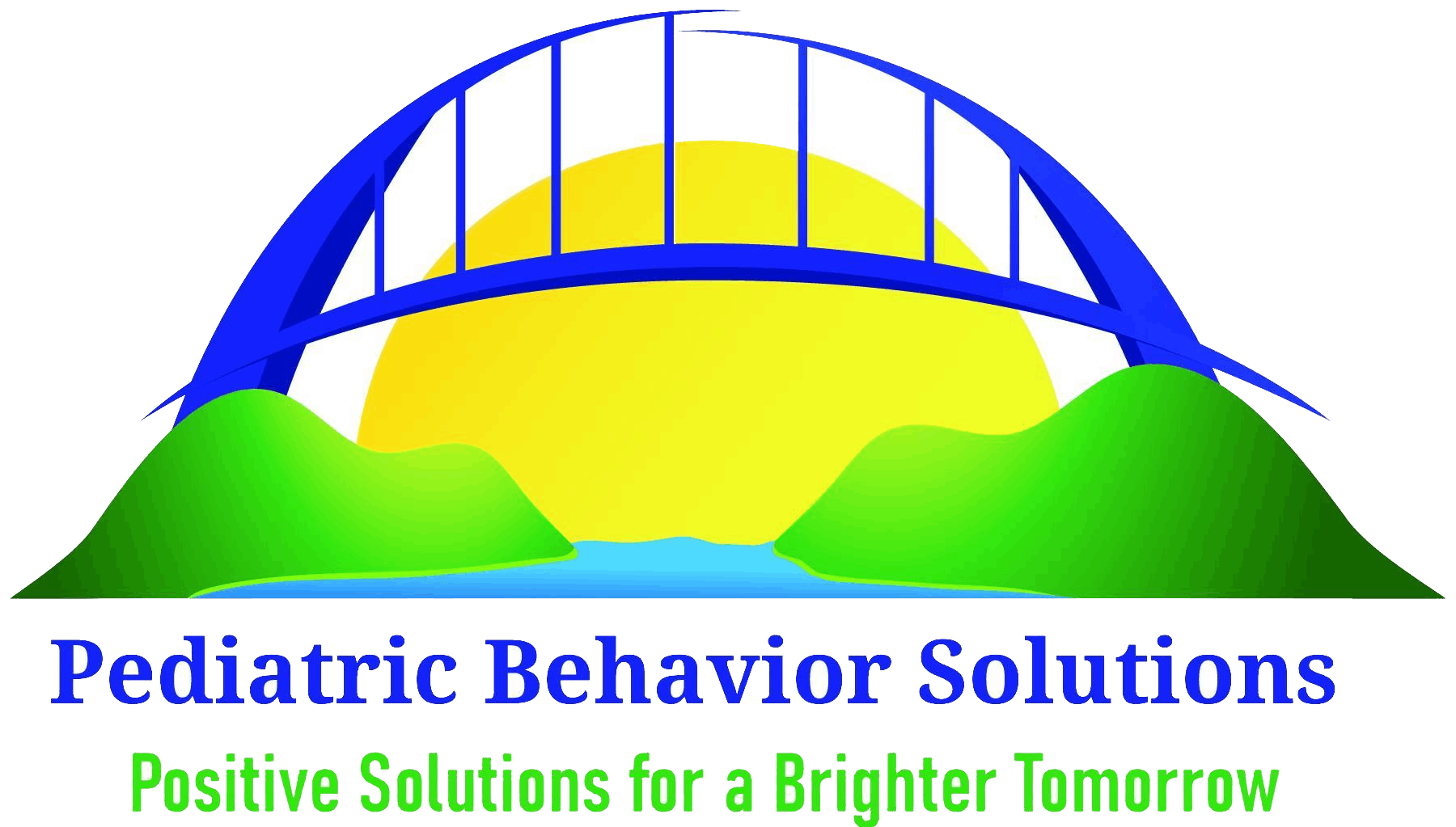Are Autism and ADHD Related?

There is nothing more important to parents than understanding their children. How your child thinks, feels, and what kind of support they need to thrive all matters to you. If your child has been showing signs of autism or ADHD, or maybe both, it is only normal for you to feel uncertain about what these differences mean.
You want to give your child the very best, and part of that is knowing the difference between autism and ADHD, and how they might overlap. Keep reading to learn more about ASD vs ADHD.
What Is Autism and ADHD?
Autism spectrum disorder (ASD) is a developmental condition that affects how a child communicates, socializes, and experiences the world around them. Some children with autism may prefer routines, struggle with sensory input, or communicate in ways that are different but deeply meaningful.
Attention-deficit/hyperactivity disorder (ADHD), on the other hand, primarily impacts attention, focus, and self-regulation. Children with ADHD may have trouble sitting still, concentrating on one task, or may act on impulse before thinking things through.
So, what is autism and ADHD together? While each condition has unique characteristics, it is possible for children to have both.
ASD vs ADHD: Similarities and Differences
When parents ask, what is the difference between autism and ADHD?, the answer is not always simple. Both are considered neurodevelopmental disorders, meaning they affect how the brain develops and functions.
But there are also important distinctions. Children with autism may crave routine and predictability, while children with ADHD may constantly seek new experiences and stimulation. Autism can make transitions difficult, while ADHD can make it hard to stay on one activity long enough to finish.
In the conversation of ASD vs ADHD and understanding the difference between autism and ADHD, another key difference is how social interaction is impacted. Children with ADHD often want to connect but may interrupt or miss cues due to impulsivity. Children with autism, meanwhile, may find the cues themselves confusing.
Are Autism and ADHD Related?
In some cases autism and ADHD may be related. Research shows that autism and ADHD can occur together.
This means if your child has autism, you may notice behaviors that also look like ADHD– and if your child has ADHD, you may see traits that resemble autism. Understanding this overlap is essential to understanding your support options.
4 Pro Tips
Knowing the difference between autism and ADHD helps parents, teachers, and therapists create strategies that truly fit a child’s needs. Here are a few pro tips to help you navigate ASD and ADHD:
1. Celebrate Strengths
Highlight what makes your child shine, from creativity to focused interests.
2. Create Structure
Use schedules and routines to provide consistency and predictability.
3. Support Social Skills
Encourage safe social interactions and model communication gently.
4. Collaborate with Professionals
Work with therapists and specialists for comprehensive support.
Contact Professional ABA Therapists Today to Get Support
At Pediatric Behavior Solutions, we know how personal this journey feels because we are parents of children with autism ourselves. We understand the worry, the questions, like “what is the difference between autism and ADHD”, and the deep love that motivates every choice you make for your child.
That is why we offer customized ABA therapy solutions tailored to each child’s unique strengths and challenges. Whether your child has autism, ADHD, or both, our team is trained to provide compassionate, effective support for your child. Contact us today to learn more about services and providing your child with the right support.
